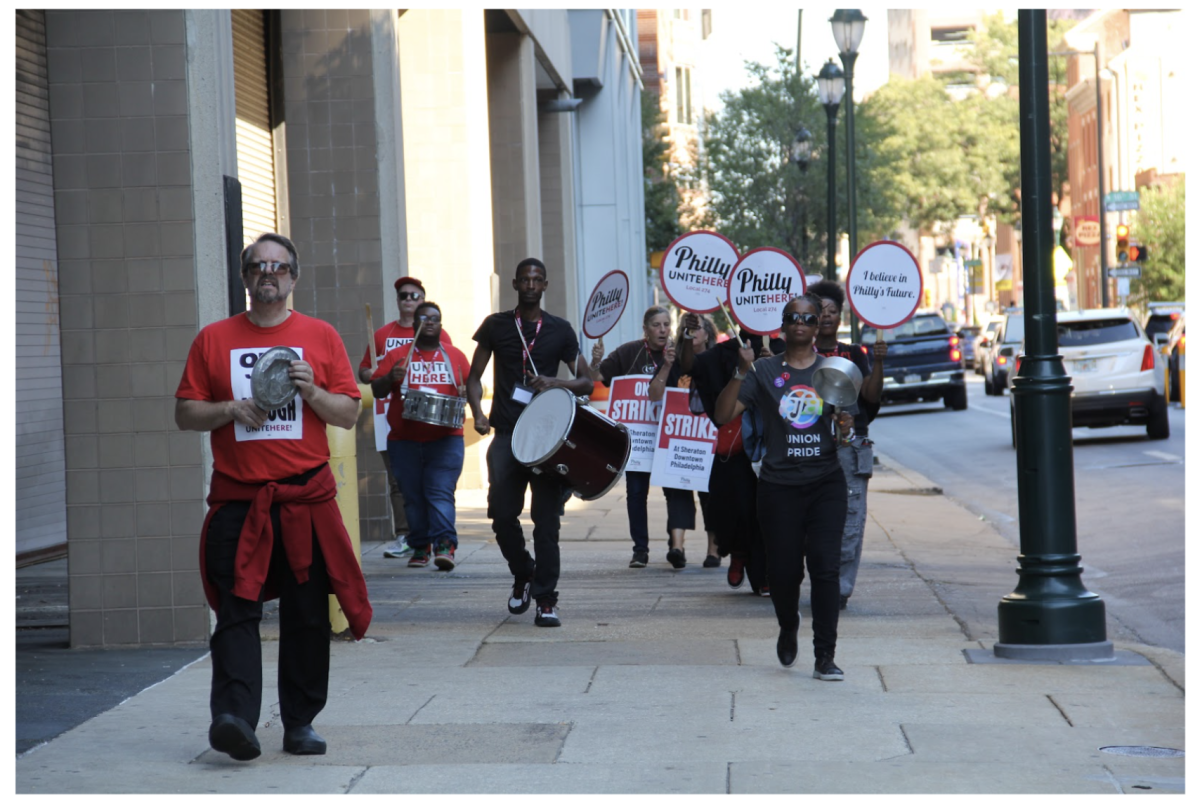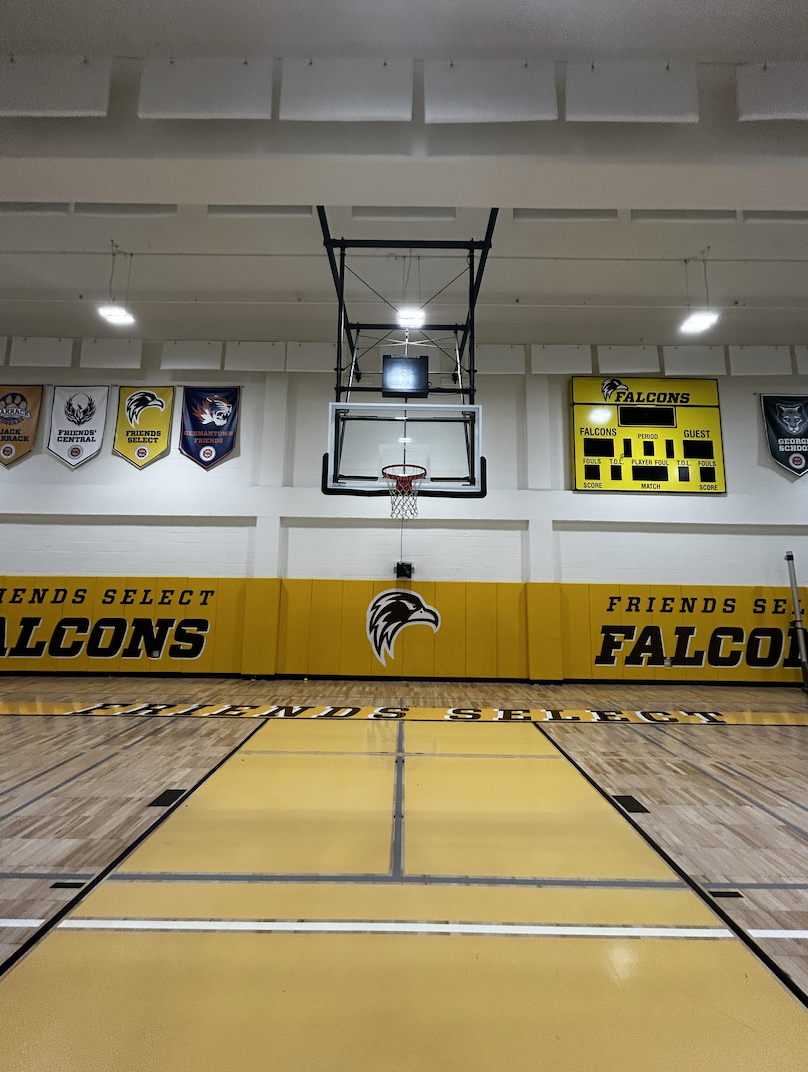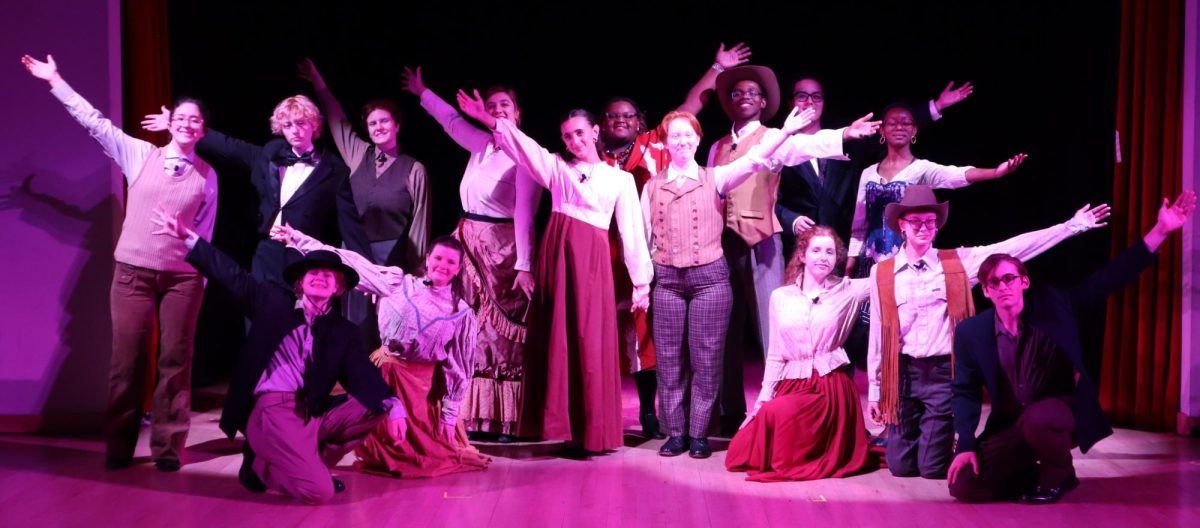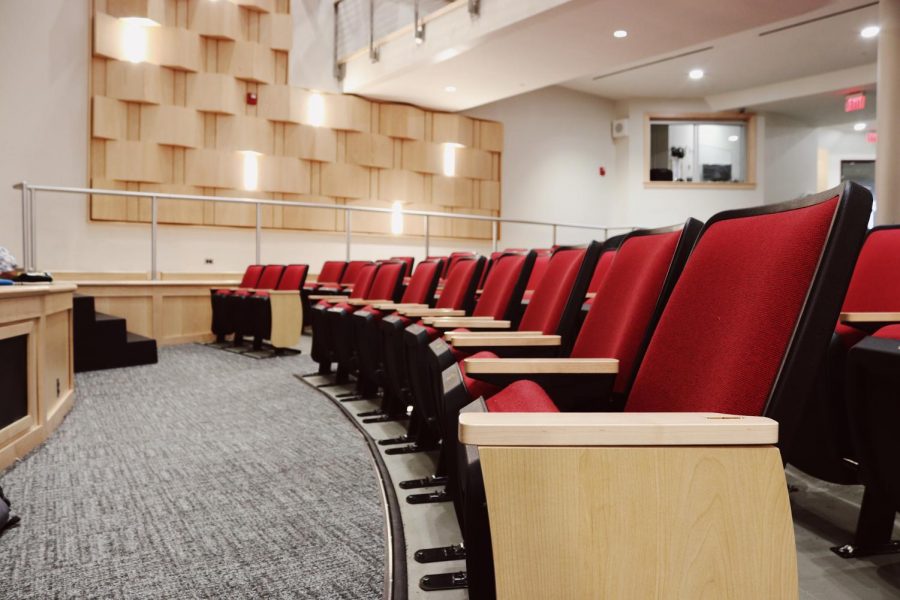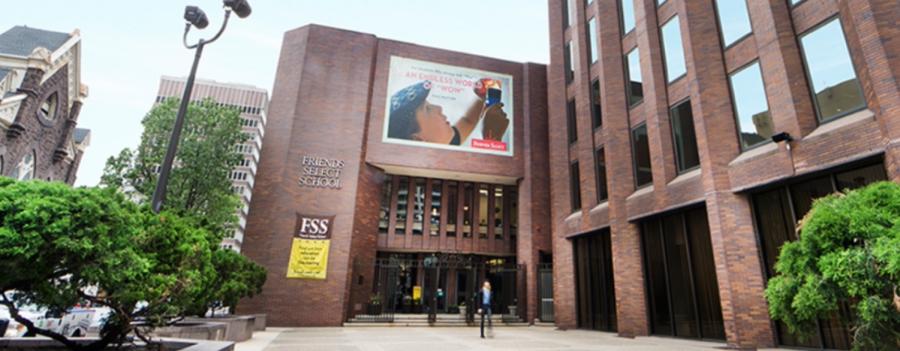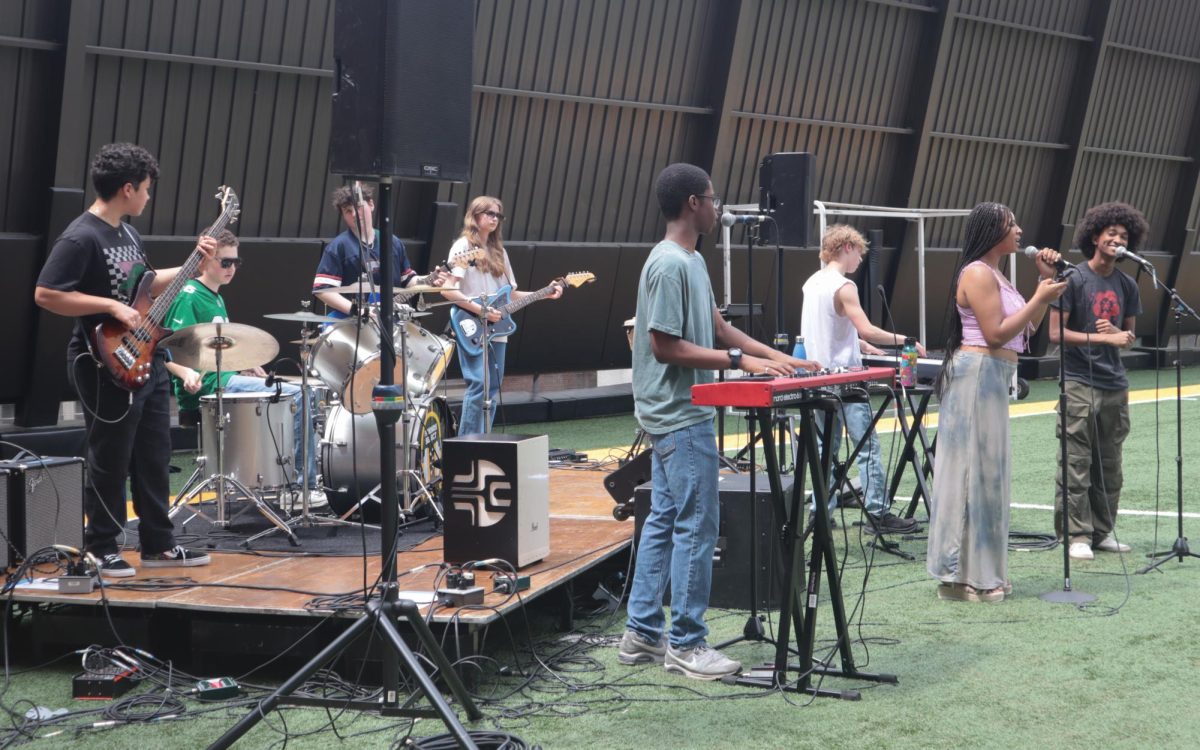Art Museum Area Architecture: The Work of Julian Abele
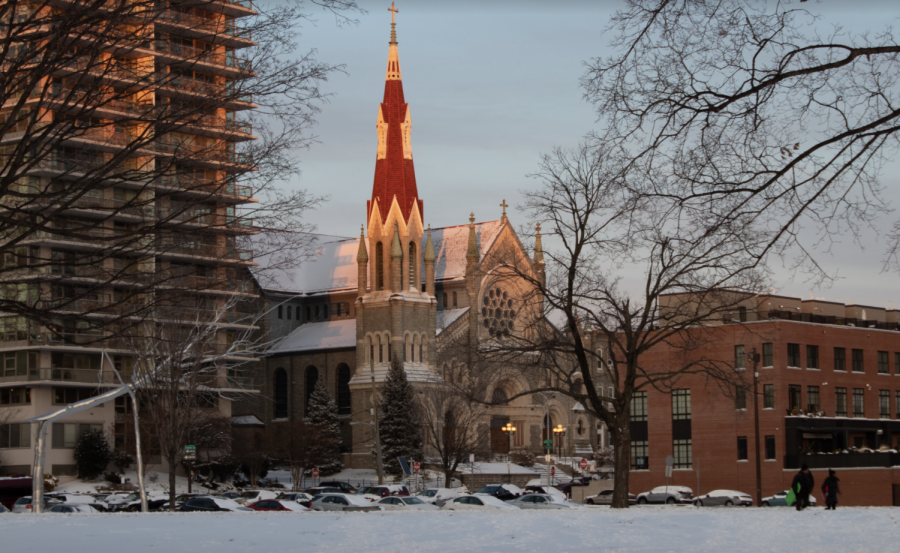
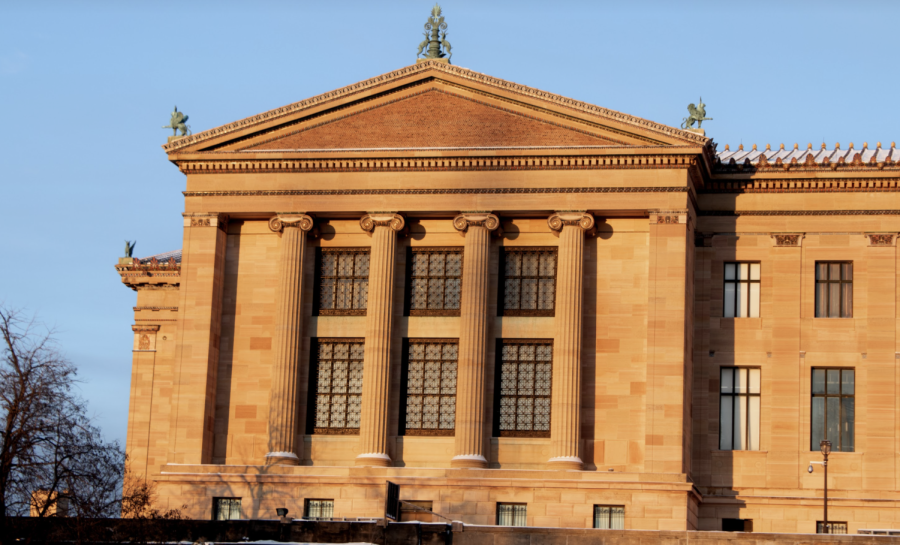
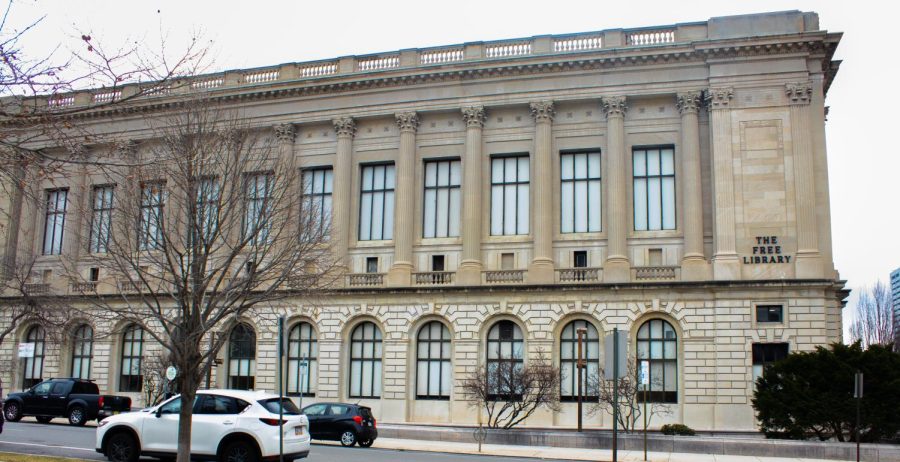
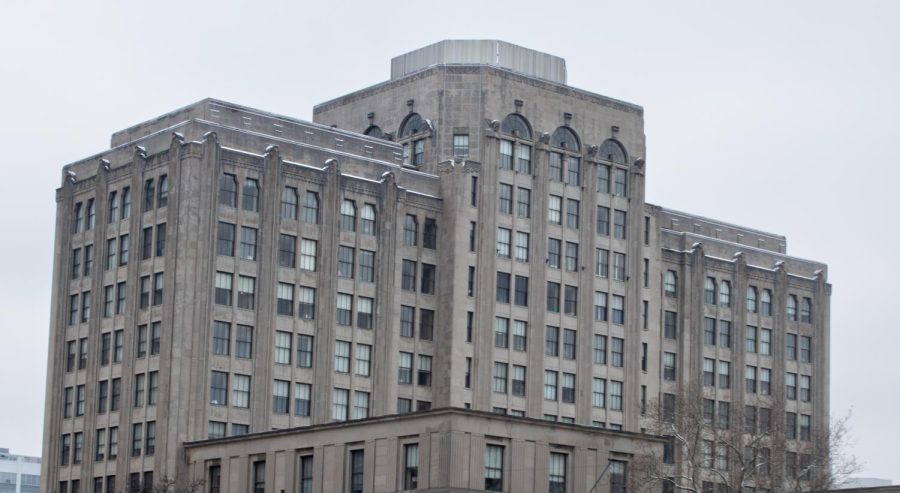

While looking at this photo series, perceptive readers may notice many of the buildings share similar architectural elements. This is no coincidence, as three of them are the creations of Julian Abele, the first Black graduate of Penn’s school of architecture. Julian was born in Philadelphia, PA in 1881.
While attending Penn, Abele was elected the president of the Architectural Society by his peers. After Abele graduated in 1902, Horace Trumbauer, one of the most renowned architects of the time, immediately recruited him to his firm and sent him to France to continue his studies. It was in France that Abele first encountered the Grand Beaux-Arts style, which he incorporated elements into his future works. After just three short years of working at Horace Trumbauer and studying abroad, Abele was promoted to Chief Designer at Trumbauer’s firm.1
The Parkway Central branch of the Free Library of Philadelphia was built in 1927 and designed by Julian Abele to be the main library in the Philadelphia area.2 This near century-old building is one of the oldest we know was actually designed by Abele, as he personally presented the plans for the building to the cities design review council.3 Like many of his designs, the Free Library was created in Grand Beaux-Arts style and features supportive columns and detailed stone engravings on the building.
The former headquarters of the Philadelphia School District is another one of Julian Abele’s architectural masterpieces. Construction was completed in 1932 and the building was added to the National Register of Historic Places in 1983. More recently, the building was converted into luxury housing. It features fewer elements of the Grand Beaux-Arts style than most of Abele’s other designs and is closer to a typical Art Deco style. Despite this, the building still has Abele’s architectural flair as it features engravings of great educators and thinkers like Issac Newton and William Shakespeare inlaid into the four corners of the building.4
The Philadelphia Museum of Art is one of the most prominent landmarks in Philadelphia. From its world-famous steps to its vaulted ceilings and iron-wrought windows there are so many unique architectural design choices that truly show how exceptional its many designers were. Its location on top of a hill at the end of the parkway elevates it above the surrounding city enough for its beauty to be seen for miles from the right spot. While we know that Abele was a significant designer of the Philadelphia Museum of Art, it is difficult to say for sure what Abele’s contributions were due to the scale of the project.5
These buildings all served an important role for Philadelphia, built while the city was in the process of deindustrialization and revitalizing Center City. As some of the first new buildings along the path of the recently finished Parkway, these buildings helped to define the area as one full of cultural, artistic, and community landmarks.
After helping to design so much of Philadelphia’s museum district, Abele would go on to have an extremely successful architectural career despite being one of the only college-educated African American architects. He faced a lot of discrimination due to his race and despite designing the majority of Duke’s campus, he was not publicly recognized for this until recently and may never have even been able to see the campus he conceived due to Jim Crow laws in the south.6


